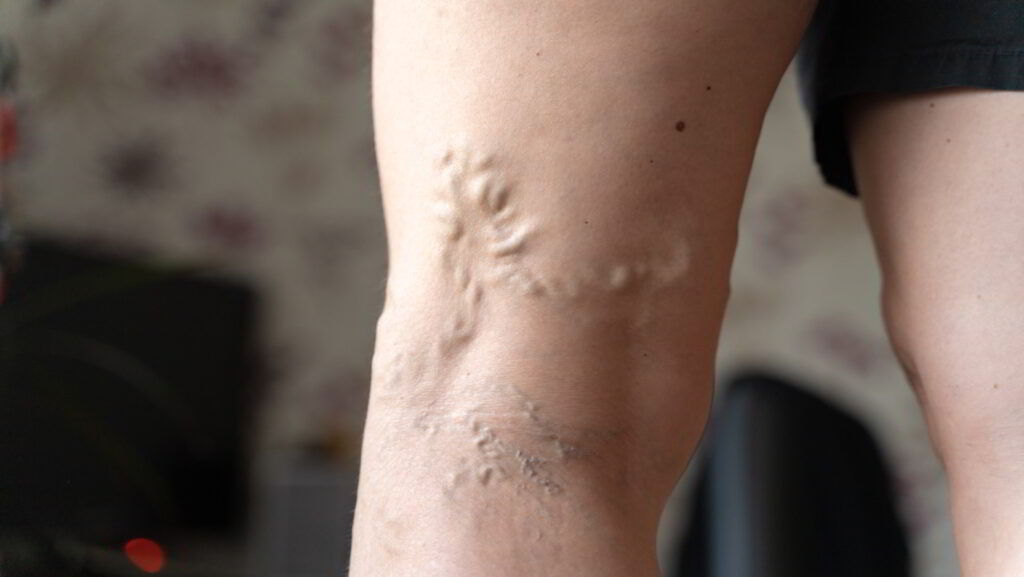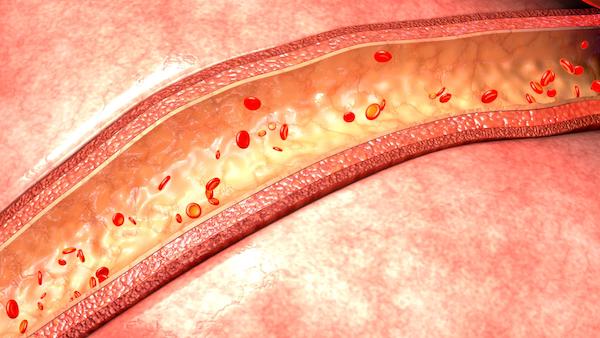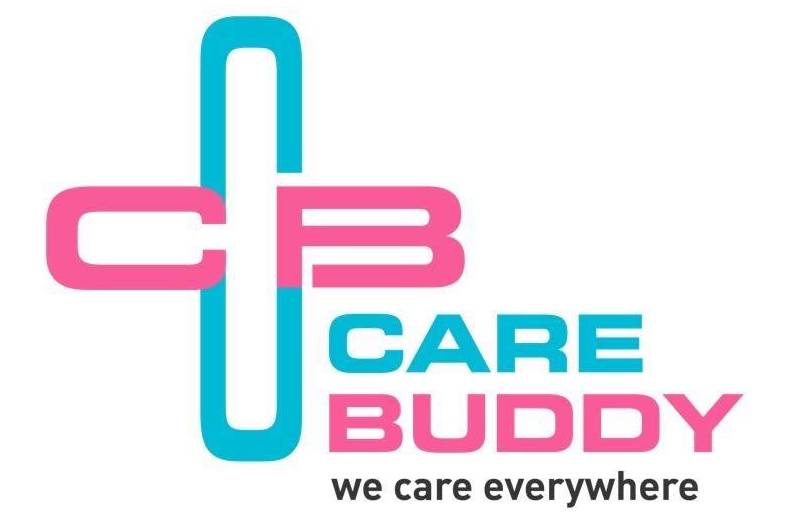The vascular system is also known as the circulatory system. A vascular disease is a condition that affects the arteries and veins of the body, including any blockage, weakening, and damage of blood vessels, or the valves that are found in veins.
Vascular Surgery
Get Appointment


Varicose Veins

Varicocele
Vascular Surgery in Indore
Vascular disease affects the blood vessels that carry oxygen and nutrients throughout your body and take away waste from your tissues. Plaque (made up of fat and cholesterol) slows or stops blood flow in your arteries and veins, causing vascular issues.
Vascular disease includes any condition that affects your cardiovascular system or the system of blood vessels.
Blood vessels are elastic-like tubes that carry blood to each part of your body.
Blood vessels include:
- Arteries that carry blood far away from your heart.
- Veins that take the blood to your heart.
- Capillaries, your tiniest blood vessels, which link your small veins and arteries, deliver oxygen and nutrients to your tissues and deduct their waste.
Vascular Diseases
The arterial disease affects most people with age, especially in those that have high-risk factors that include patients that suffer from diabetes, high vital signs, heart condition, a sedentary lifestyle, a case history of vascular disease.
Patients with poor circulation usually have diseased arteries everywhere in their bodies. Arteries usually affected are within the legs, heart, and neck. The severity of the disease and the length of time it goes untreated can make an incredible difference in the clinical outcome of a vascular disease, characterized by stroke, limb amputations, or death.
Vascular diseases can affect any of the components of the system. A number of the key diseases affecting the vascular systems are:

Peripheral artery disease
This disease causes a blockage of arteries within the legs causing pain within the leg and obstructing circulation. It can cause sores and even cause gangrene.
Renal artery disease
during this disease, the arteries within the kidney are often blocked. This will cause high vital signs, renal failure, and may even cause coronary failure.
Raynaud’s phenomenon
The arteries of the finger are affected and may cause spasms. This happens usually thanks to the weather.
Intestinal ischemic syndrome
This is often a disease where the blood vessels within the intestine are blocked.
Buerger’s disease
This affects arteries of the arms and legs, which can be blocked. As a result blood supply to the hands and feet is often affected resulting in pain and should even cause gangrene.
Carotid artery disease
The carotid arteries that provide blood to the brain are often blocked. This will cause a stroke.
Carotid artery dissection
This happens when there’s a tear during a layer of the artery wall. It can cause blood leakage.
Carotid artery aneurysm
An aneurysm is caused when the vessel wall bulges, thus weakening the wall. It can even cause a rupture of the aneurysm, which may cause loss of consciousness.
Aortic aneurysm
It is an aneurysm or bulge that happens within the aorta, the most vessel within the heart. It can cause pain, breathing problems, loss of consciousness, and even death if the aneurysm bursts.
Varicose veins
Damaged valves in the veins can cause the veins to bulge and appear purple. It can cause pain and swell within the legs.
Spider veins
These are caused by capillary swelling, most ordinarily seen on the legs and feet. While they’re not harmful, they’ll cause bruising.
May-Turner syndrome
It’s also called vena iliaca compression syndrome and refers to compression of the venous outflow tract within the lower extremities. it’s going to cause swelling pain, or maybe cause deep vein thrombosis.
Deep vein thrombosis
This is often the formation of a clot during a vein, usually within the legs. Limited movement of the leg or injury can cause clot formation. It can cause swelling, pain, and cramps. A clot that breaks off and travels to the lungs can cause major complications.
Pulmonary embolism
When a grume travels to the lungs, it causes embolism. It can cause pain, breathing difficulty, and expel blood. If the clot is large, it can even cause death.
Lymphedema
this is often a condition when fluid builds up within the system lymphatic thanks to abnormalities. It can cause swelling and pain. If not treated properly, it can cause complications.
Vascular surgery treatments and procedures
The surgery and procedures involved in the treatment of vascular diseases depend upon their type and severity. There are treatment options that involve making lifestyle changes, prescribing medications also as catheter-based endovascular methods, and surgical interventions.
Lifestyle changes
Making changes in lifestyle choices and habits is the initiative to affect the issues of vascular diseases. Individuals need to quit smoking, exercise, maintain a healthy and low cholesterol diet, and control diabetes.
Medications
The doctor may prescribe medications counting on the disease. Usually, medications are wont to manage cholesterol and platelet function.
Minimally invasive endovascular treatment options
Thoracic Endovascular Aortic Repair (TEVAR):
It’s a minimally invasive endovascular procedure utilized in the treatment of patients with thoracic aortic aneurysms. It is often incision-less, but a little incision is typically made within the groin to advance a catheter followed by a stent-graft to treat the aneurysm.
Endovascular Aneurysm Repair:
It follows an identical procedure to that of TEVAR and is employed to effectively treat patients with abdominal aneurysms.
Fenestrated Endovascular Aneurysm Repair:
A little incision made within the groin helps with the placement of a stent-graft to preserve blood flow to the kidneys, intestines, stomach, and liver.
Angioplasty and Stenting:
Here, a catheter-guided balloon is employed to open a narrowed artery. Angioplasty and stenting are efficient treatments for cerebrovascular disease, vertebrobasilar diseases, and peripheral arterial disease.
Percutaneous or laser atherectomy:
During this procedure, the surgeon inserts a specialized catheter into a blocked artery to obviate the atherosclerotic plaque build-up from within the vessel.
Surgical treatments
Open Abdominal Aortic Surgery:
An abdominal incision is formed to realize access to the aorta and a cloth graft is fixed into place to treat conditions like abdominal aneurysm and aortoiliac occlusive disease.
Bypass surgery:
Bypass surgery is employed to redirect blood flow around a neighborhood of blockage. The graft used can come from the patient’s vein or artificial material is often used. This surgery is employed to treat vertebrobasilar disease, peripheral arterial disease, renal vascular disease, and mesenteric vascular disease.
Open Carotid and Femoral Endarterectomy:
The plaque build-up on the inner lining of the artery is surgically removed. The procedure is followed in the treatment of cerebrovascular disease, peripheral arterial disease, and vertebrobasilar disease.
